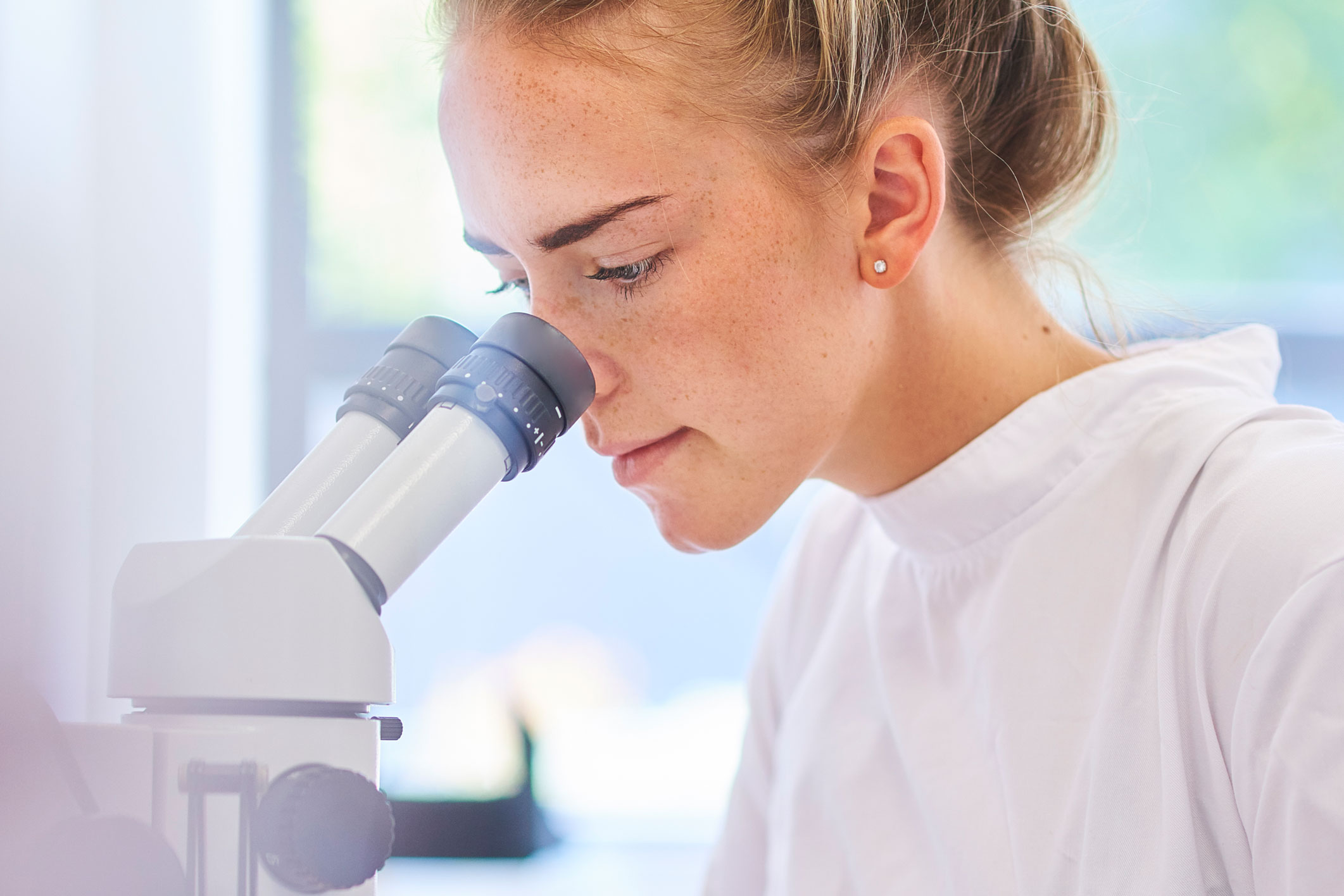
Research activities of the Nancy Laboratory for Rabies and Wildlife
In terms of research, the Nancy Laboratory for Rabies and Wildlife studies pathogens, in particular zoonotic ones, circulating in wildlife. Its research is conducted according to an approach that focuses on certain pathogens (Lyssavirus, Echinococcus, Mycobacterium bovis, tick-borne pathogens, coronavirus, orthohantavirus) and/or certain animal species (wild carnivores, domestic species, rodents and bats) and according to three strands: support for surveillance, eco-epidemiology, and prevention and control. These strands feed into each other, and some projects may be at the intersection of several strands.
The surveillance support activities concern certain pathogens studied under national and international schemes. Methods for the direct and indirect diagnosis and molecular characterisation of pathogens need to be developed, in order to detect them and monitor their circulation. These developments are also reinvested in research on epidemiology, for monitoring the effectiveness of control methods and harmonising these methods within the networks of laboratories approved for the diagnosis of these pathogens.
Research on understanding the eco-epidemiology of pathogens concerns descriptive and analytical epidemiology work, including molecular studies. These aim to better describe the spatio-temporal distribution of pathogens and the factors influencing transmission processes or distribution. The goal of this strand is to understand the epidemiological cycles of the studied pathogens, and identify the host species and their role in the ecosystems in question. This approach includes the study of the hosts' ecology, including their population dynamics and distribution. Gaining a better understanding also requires experimental approaches on animals, with studies on the interspecies barrier, diffusion within a host, and excretion and transmission between individuals of the studied pathogens. Ultimately, this work should help better estimate the health risk associated with the studied pathogens and define the most relevant surveillance and control methods.
Lastly, the work devoted to prevention and control measures focuses on humans and animals. It seeks to prevent or limit the exposure of humans or domestic animals to the studied pathogens and reduce transmission. Without excluding other approaches (population management, treatments, etc.), activities mainly focus on monitoring the efficacy of existing vaccines and their protective effects against similar pathogens (cross-protection), and developing and/or assessing potential vaccine candidates and their deployment methods.